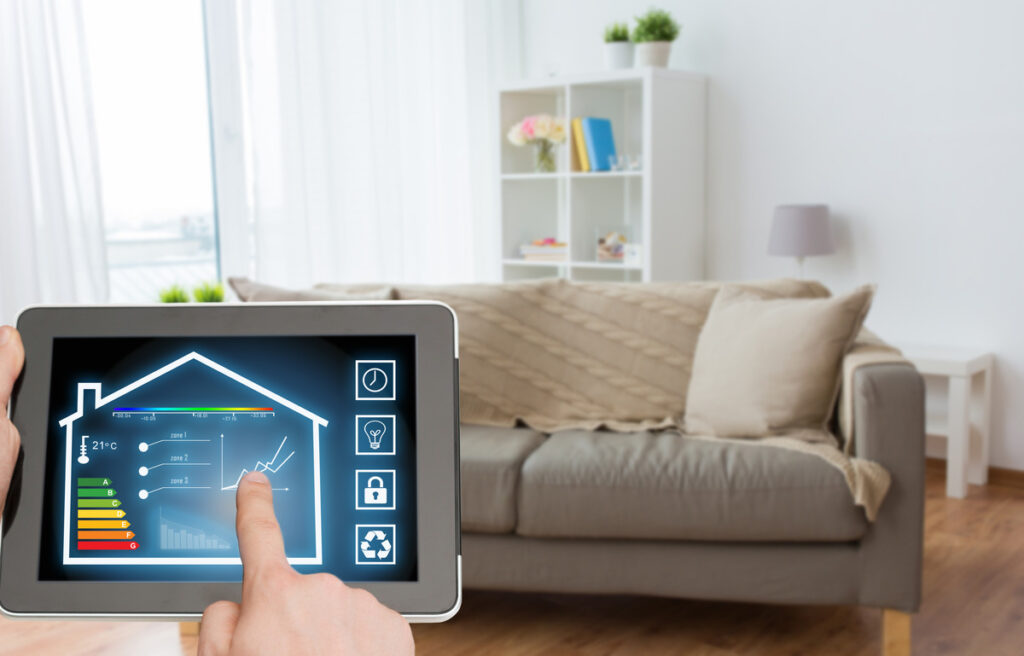
Reducing energy consumption at home is great for the planet as well as your monthly bills. Whether you’re looking to cut carbon emissions, save on energy costs, or simply create a more comfortable living environment, limiting usage is always a win-win.
This blog will walk you through five best practices for improving your home’s efficiency, from quick fixes to long-term investments. With this information, you can save money while reducing your footprint.
1. Upgrade to Energy-Efficient Appliances
Appliances like refrigerators, dishwashers, and laundry machines are some of the biggest energy hogs in any home. Outdated models, especially those over a decade old, are far less efficient compared to modern Energy Star-rated options.
Replacing devices that consume a lot of electricity can lead to significant energy savings. However, even simple habits, like running your dishwasher or laundry machines only with full loads, can save energy and water.
2. Seal Your Home With Proper Insulation
A poorly insulated home will make it harder to maintain a comfortable environment, increasing energy costs. Whether it’s during the summer or winter, gaps and leaks compromise your home’s ability to maintain temperature, forcing your HVAC system to work overtime.
Use caulk or weatherstripping to tackle air leaks around windows and doors. Materials like fiberglass, spray foam, and cellulose can prevent excess heat loss. While there are many common myths about spray foam insulation, it offers excellent advantages that can help you stay on budget.
3. Install a Smart Thermostat
Heating and cooling make up a significant portion of energy bills. A smart thermostat can help optimize a more efficient schedule to prevent energy waste.
These devices learn your habits and automatically adjust temperatures when you’re home or away. Many allow you to change settings from your phone, so you’re always in control, even when not at home. They can even provide reports on your energy consumption, helping you identify and correct wasteful habits.
4. Switch to LED Lighting
Lighting may seem like a small contributor to energy consumption, but inefficiencies here add up over time. Standard incandescent bulbs use significantly more energy and don’t last as long as modern alternatives.
LED bulbs consume up to 80 percent less energy and last 25 times longer. While they may be slightly more expensive upfront, their reduced energy use means you’ll make back the cost in savings within a few months.
5. Opt for Renewable Energy
The ultimate way to improve your home’s efficiency is by reducing reliance on traditional energy sources altogether. Solar panels, for example, allow you to generate clean energy while significantly cutting utility costs in the long run.
Many areas have local incentives or tax breaks that can help offset the initial cost of investing in renewables. If there aren’t any obvious solutions available, consider switching to a green energy provider that sources from wind or other green technologies.
Maximize Your Home’s Efficiency
Reducing your energy bills doesn’t have to feel overwhelming. Each step brings you closer to a more efficient and cost-effective home. With these five best practices for improving your home’s efficiency, you can make an investment in sustainability for future generations.

